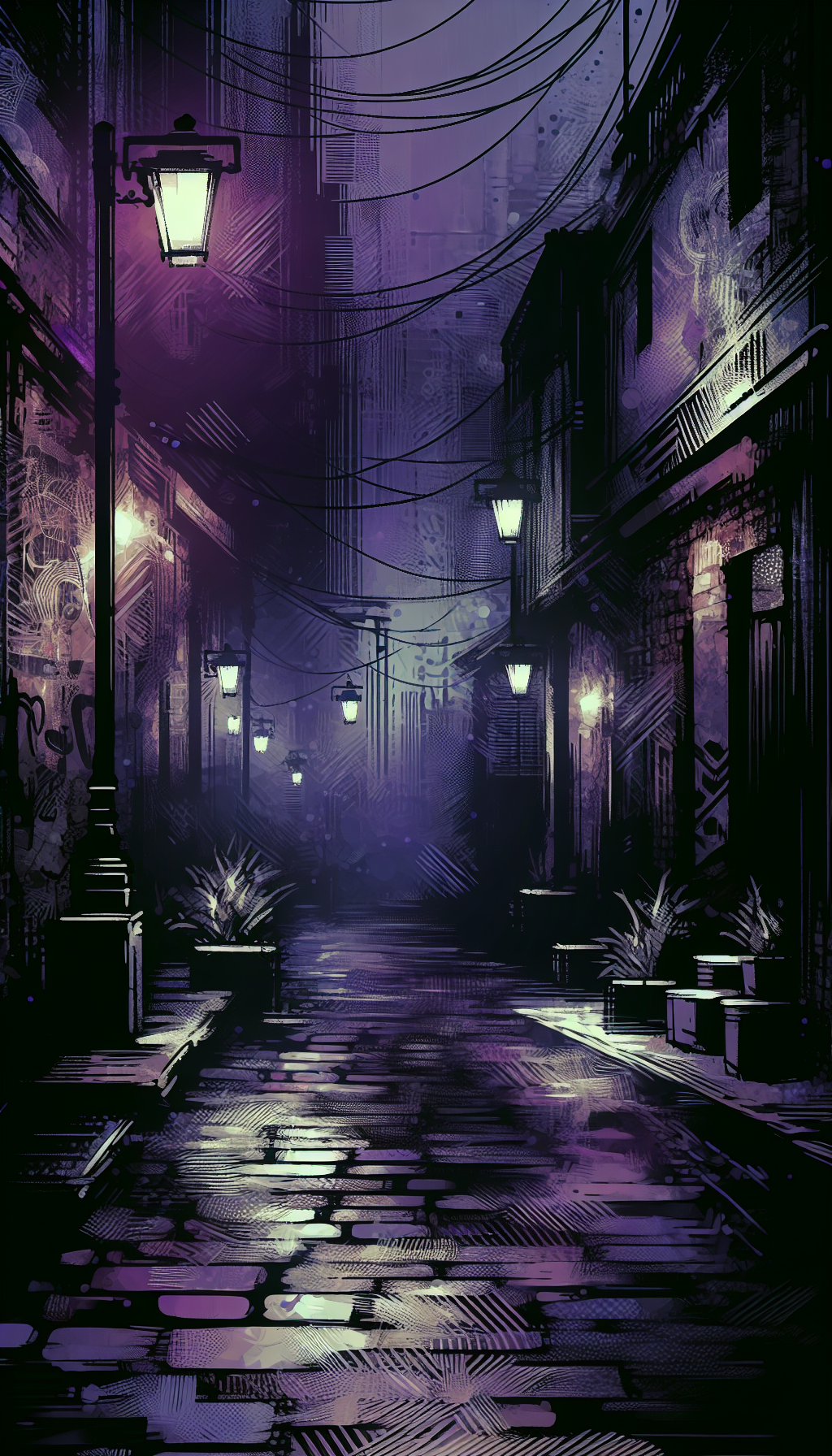An Original Artwork By Listed Artist Kamy Deljou 1957
Encountering an artwork attributed to Kamy Deljou with a 1957 date raises productive questions for appraisers and collectors. Is the piece an authentic, unique work by a listed artist? Does the date reflect the execution year, the subject, a copyright, or something else? How do you separate Deljou Studio editions from unique, artist-executed works, and what does that mean for value?
This guide provides a rigorous, hands-on approach to identifying, authenticating, and valuing an “original” artwork attributed to Kamy Deljou—especially when a 1957 inscription appears.
Who Is Kamy Deljou—and Why the “1957” Date Matters
Kamy Deljou is widely recognized in the U.S. art market as the founder of Deljou Art Group, an Atlanta-based atelier/publisher representing and producing contemporary fine art with and for a roster of artists. Works associated with “Deljou” can therefore refer to:
- Original artworks executed by an individual artist (which might be Deljou himself or other named artists associated with the studio)
- Studio-created editions (e.g., giclée on paper/canvas, serigraph, mixed-media multiples)
- Embellished editions where paint or texture is added by hand over a printed base
The label “listed artist” typically means the name appears in recognized art reference databases, auction records, or catalogues raisonnés. “Listed” is not a guarantee of high market value, but it establishes a research trail. For Deljou, “listed” will often reflect the presence of Deljou-related works in dealer offerings, catalogues, and auction archives.
Why 1957 matters:
- A date earlier than the known period of activity for Deljou as a studio founder and publisher is a red flag that must be reconciled. A “1957” inscription could mean several things:
- The subject’s date rather than the execution date
- A misread or stylized signature element that looks like “1957”
- A later work commemorating an event from 1957
- An incorrect or added inscription
- Giclée printing technology did not exist in 1957. If the piece is a giclée, the 1957 mark cannot be the execution date of the physical object.
Conclusion: treat a “1957” inscription as a research lead, not a fact, until verified by materials, labels, provenance, and comparative analysis.
First-Pass Identification: Original vs. Studio/Edition Works
Before you chase provenance, determine what you are holding. Appraisers triage works in hand by examining medium, surface, and evidence of reproductive processes.
Physical tests and tells:
- Under magnification (10x loupe):
- Originals in paint show varied brushwork, ridges, and layering; watercolors show pigment spread in fibers; pastels sit atop paper with friable particles.
- Prints show dot matrices (halftone), regular dithering, or uniform pigment deposition (inkjet). Serigraphs show discrete layers with sharp edges; lithographs can show grain; intaglio prints show plate marks.
- Surface relief:
- Giclées may be flat; embellished giclées have localized texture that sits atop a printed image. Look for texture that aligns too neatly with printed shadows.
- Signatures:
- Printed signatures appear within the image plane; hand signatures on paper usually sit in the margin (graphite indentations visible; shiny or matte pencil sheen; pressure marks). On canvas, hand signatures often show different reflectance and gloss than surrounding paint.
- Edition marks:
- Fractions (e.g., 34/195), “AP,” “HC,” or publisher chops/stamps indicate an edition. Check for blind stamps or ink stamps from Deljou Art Group or retailers.
- Labels and verso information:
- Gallery, publisher, or frame-shop labels often specify “giclée,” “serigraph,” “mixed media,” or “original.” Cross-check language consistency across label, COA, and receipt.
If any printing method is present, the 1957 date cannot be the physical creation date. If the piece is unambiguously an original painting (e.g., oil/acrylic on canvas with clear brushwork, underdrawing, and pentimenti), then the date warrants deeper scrutiny.
Signatures, Inscriptions, and Labels to Look For
A disciplined reading of signatures and back-of-work data often resolves attribution doubts.
Signature analysis:
- Variants: “K. Deljou,” “Kamy Deljou,” or simply “Deljou.” Note letterforms, slant, pressure, and flourish consistency. Compare against known examples from reliable sources such as gallery archives or authenticated pieces.
- Placement: Lower right is most common; on paper, pencil signatures outside the image are more consistent with fine art practice and easier to authenticate.
- Ink vs. paint vs. pencil: Pencil signatures on paper are common for limited editions. Paint signatures on canvas should show the same age and cracking pattern as surrounding paint.
Inscriptions and dates:
- Locate any date near the signature, on the stretcher, or on paper margins. Distinguish between a date written at the time of execution and later notations (e.g., framer notes).
- If “1957” appears, check whether it sits under varnish (older) or above (later addition). Under UV light, newer inks can fluoresce differently.
Publisher, framer, and gallery labels:
- Deljou Art Group labels may detail title, medium, item number, and sometimes an artist name distinct from Kamy Deljou. This can indicate the work is by another artist represented/produced by the studio.
- Retailer barcodes, SKU numbers, or titles like “Untitled Contemporary Abstract” can point to stock artwork rather than a unique, named original.
Certificates of authenticity (COA):
- A COA issued by Deljou Art Group or a primary dealer will name the artist, medium, and edition (if any). Beware generic COAs without specific details.
Establishing Provenance and Authenticity
To build a credible attribution, assemble a provenance chain and cross-check against materials analysis.
Provenance building blocks:
- Original purchase receipts, invoices, or email confirmations naming the artist and medium
- Correspondence with Deljou Art Group or a dealer referencing the work’s details
- Exhibition, catalogue entries, or gallery show lists
- Appraisals by qualified appraisers specializing in contemporary fine art
Materials and technical evidence:
- Canvas and stretcher: A mid-century (1950s) canvas typically shows oxidized, aged tacking edges, period hardware, and period stretcher construction; modern stretcher bars often have crisp machine marks and newer staples. A 1957 dating should be consistent with supports and ground layers.
- Paper: Mid-century papers may show characteristic aging, toning, or watermarks. Modern fine-art inkjet papers have distinct coatings; under oblique light, you may see a uniform sheen.
- Varnish: Natural resins yellow with age; modern synthetic varnishes often remain clearer. If a “1957” oil has crystal-clear, new varnish and modern stretcher staples, question the date.
- Comparative research: Find documented examples of Deljou signatures and known Deljou Studio editions. Align stylistic elements, palette, and techniques.
Attribution outcomes you may encounter:
- A unique original by another artist associated with Deljou Studio, misattributed to Kamy Deljou because of a “Deljou” label
- An embellished giclée with a commemorative or thematic “1957” reference
- A reproduction with a printed signature and later hand-added date
- A truly unique work by Kamy Deljou (less commonly seen), requiring direct confirmation from the studio or trusted dealers
When in doubt, seek a written opinion from a qualified appraiser or the publisher, including high-resolution photographs of the front, signature, details, and all verso information.
Market Performance and Value Drivers
Values hinge on correct attribution, medium, condition, and market comparables.
Primary drivers:
- Authorship: A documented, unique work by a named and actively collected artist generally outperforms studio editions. If the piece is by Kamy Deljou himself and authenticated, it can occupy a different market tier than a Deljou Studio edition by an associated artist or a decorative print.
- Medium and editioning: Unique oils, acrylics, and mixed-media works typically lead, followed by low-edition, hand-embellished works; open or large editions carry lower market values.
- Size and subject: Large-scale abstracts or statement pieces for interiors often realize higher prices; market-friendly palettes and subjects matter.
- Provenance: Clear gallery invoices, COAs with specific details, and exhibition histories elevate desirability.
- Condition: Neutral, stable condition is crucial. Restoration, losses, or over-cleaned surfaces depress value, especially for paper works.
- Sales venue: Well-marketed auctions, established galleries, and targeted online sales channels can materially change outcomes.
Finding comparables:
- Search for the exact artist name (not just “Deljou”). If your piece is by a distinct artist represented by Deljou Art Group, use that artist’s comps, not “Deljou” as a catch-all.
- Match like to like: medium, size, edition status, and time period. Decorative retail prices are not the same as secondary-market realized prices.
- Track multiple sales over time to understand a realistic range, not a single peak-price outlier.
A note on 1957-dated attributions:
- If 1957 is unverified or inconsistent with materials, secondary-market buyers will discount significantly. Clearing up the date—ideally with studio input—restores confidence.
Care, Conservation, and Insurance for Deljou Works
Whether your work is an original painting or an edition, proper care preserves both aesthetics and value.
Display and environment:
- Maintain stable conditions: 40–55% relative humidity, moderate temperature, no direct sunlight. UV glazing for works on paper and unvarnished mixed media is prudent.
- Avoid fireplaces, kitchens, or bathrooms where heat, soot, or moisture fluctuates.
Framing:
- For paper: 100% cotton rag mats, acid-free backing, and UV-filter glazing. Keep a spacer so glazing doesn’t touch media.
- For canvas: Use strainers or stretcher keys judiciously. If the canvas sags, consult a conservator rather than overtightening keys.
Cleaning:
- Dust frames gently; do not use solvents or water on the art surface. Embellished giclées, in particular, can have sensitive coatings that scratch or bloom.
Insurance and documentation:
- Keep detailed photographs of the front, signature, any labels, and condition issues. File COAs and invoices together.
- Insure based on a current written valuation from a qualified appraiser; update every few years as the market shifts.
Collector’s Toolkit: Checklist and FAQ
Practical Checklist
- Identify the medium under magnification: original paint vs. print vs. embellished print.
- Locate and document all signatures, dates, edition numbers, stamps, and labels (front and verso).
- Photograph the work in diffuse light: full front, signature close-up, surface texture, and all labels.
- Verify whether “1957” is execution date, subject date, later inscription, or misreading.
- Cross-check the artist name: Is it Kamy Deljou, another Deljou-represented artist, or a studio label?
- Gather provenance: invoices, COA, correspondence, exhibition mentions.
- Compare against reliable examples of signatures and known studio edition formats.
- Assess condition: note abrasions, craquelure, varnish issues, paper toning, or frame acidity.
- Build comps by medium, size, edition status, and venue; don’t mix decorative retail with secondary-market results.
- If uncertainty remains, consult a qualified appraiser or the publisher for an opinion.
FAQ
Q: How can I quickly tell if my piece is an original or a print? A: Use a 10x loupe. If you see a uniform dot pattern or microdroplet deposition, it’s a print. Originals show varied, irregular brushwork, pigment layering, and, on paper, fibers stained by media. Embellished prints show printed imagery beneath islands of added texture.
Q: Does a “1957” date make the artwork more valuable? A: Not by itself. The date must be credible and consistent with materials and provenance. If “1957” cannot be substantiated—or conflicts with the medium—it adds uncertainty and can reduce value until clarified.
Q: What does “listed artist” mean in this context? A: “Listed” indicates the artist appears in recognized art references or auction records. It’s a research starting point, not a value guarantee. For Deljou, ensure you’ve identified the correct individual—Kamy Deljou versus an artist represented by Deljou Art Group.
Q: My COA says “mixed media on canvas,” but I suspect it’s a giclée. What should I do? A: Document the surface under magnification and request clarification from the issuer. A detailed COA should specify whether the image base is printed and whether any hand embellishment is present. If the COA is vague, seek a second opinion from a qualified appraiser.
Q: The signature looks printed. Could it still be valuable? A: Printed signatures are typical of editions. Value then depends on edition size, demand for the artist, condition, and documentation. Hand-signed, low-edition prints and embellished works can hold stronger value than open, decorative editions, but generally less than unique originals.
By approaching a “Kamy Deljou 1957” artwork with careful material inspection, signature and label analysis, and a provenance-first mindset, you can separate marketing language from verifiable facts, avoid misattribution, and arrive at a defensible appraisal.



